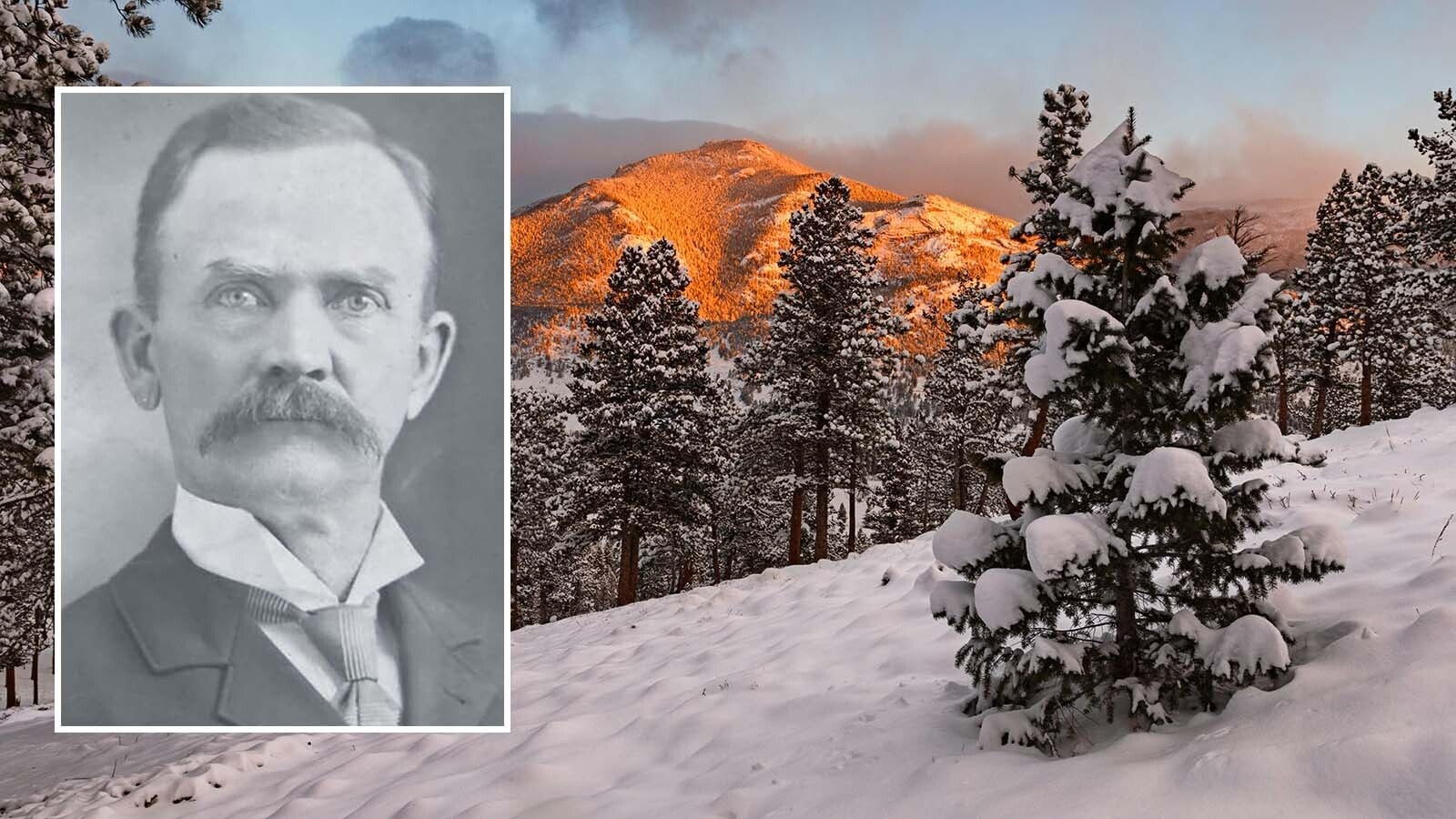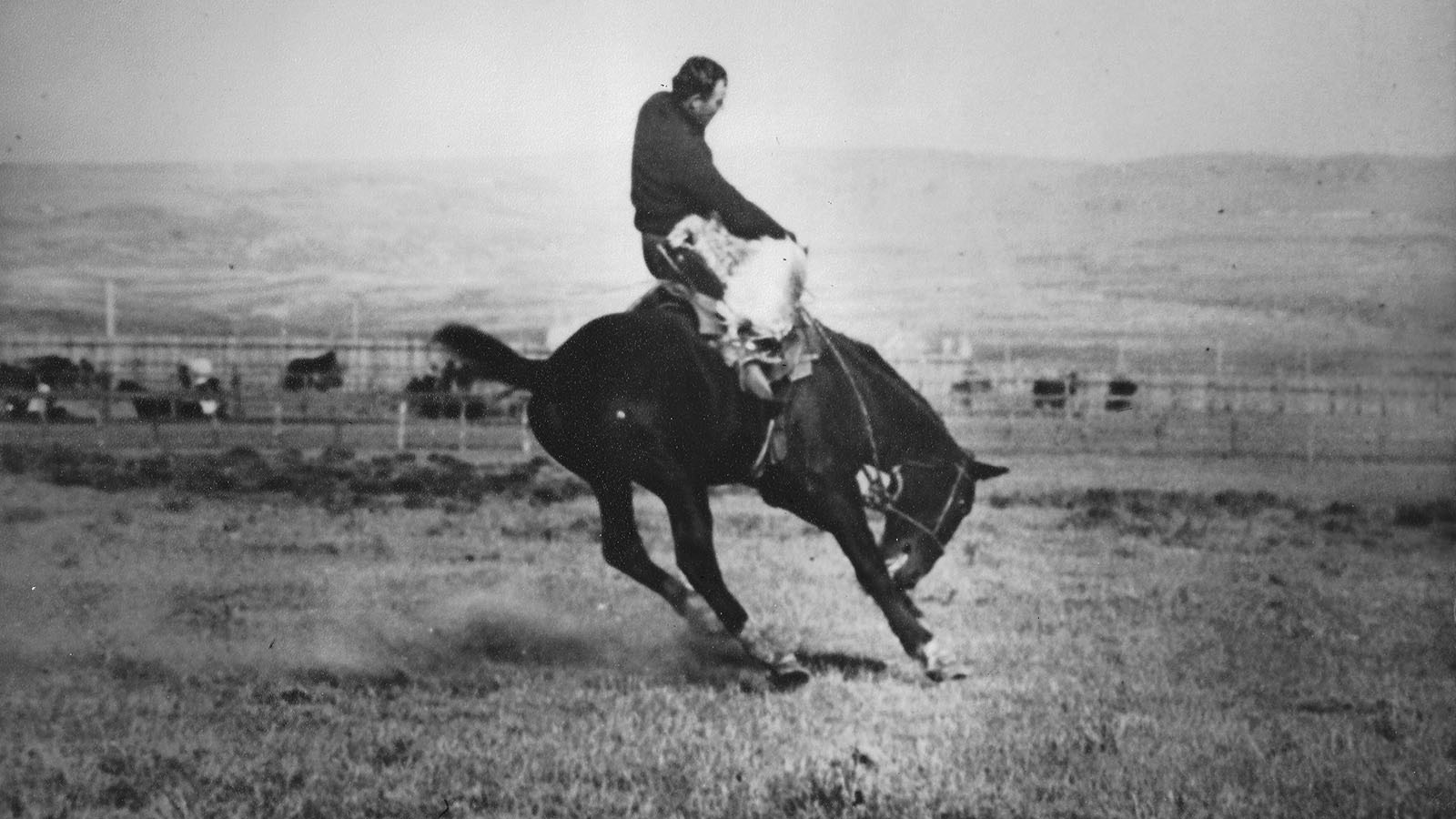Although William Becknell’s name is usually associated with the Santa Fe Trail because of his early trading exploits with the inhabitants of New Mexico, it remained for another man to document the life and times of the Trail. Josiah Gregg, in his book, Commerce of the Prairies, published in New York in 1844, has left future generations with a classic account of his life as a frequent visitor to Santa Fe.
Gregg’s book is also a gold mine of information about the Trail, as well as the geography, geology, and ethnology of the region through which it passes. Indeed, the subtitle of Gregg’s masterpiece, The Journal of a Santa Fe Trader During Eight Expeditions Across the Great Western Prairies, and a Residence of Nearly Nine Years in Northern Mexico, describes the contents very well.
Josiah Gregg was born in 1806 in Tennessee, the son of a wheelwright who moved frequently from place to place. By the time Josiah was eight years old, he was living at the edge of the western frontier in Missouri. Young Gregg was a sickly lad, and indeed there was doubt that he would live to see manhood. But the boy endured and grew up to become an intelligent, well-educated man, disciplined in mathematics, surveying, and literature.
Around 1830, Gregg became ill again. He had always been a consumptive type of person, but exactly what his latest illness was eluded his physicians. He was studying law at the time, and perhaps the pressures of his concentrations, coupled with his disposition to illness, became too much for him. In any event, his physician advised him to take the next wagon train to Santa Fe. He did, and thus began Josiah Gregg’s romance with the American Southwest and the Santa Fe Trail. Gregg’s journey must have temporarily cured him, because between 1831 and 1840, he made eight trips across the southern Great Plains on the Santa Fe Trail. During some of his journeys, he spent several months at a time in Santa Fe, which he came to know and to love as much as any town he had ever visited.
Santa Fe, The Only Town of Importance
An early description of Santa Fe as it appeared to Americans during the height of the greatest trading period of the 1830s is given by Gregg in his book:
“Santa Fe, the capital of New Mexico, is the only town of any importance in the province…. Like most of the towns in this section of country it occupies the site of an ancient Pueblo or Indian village…. The population of the city itself but little exceeds 3,000, yet, including several surrounding villages which are embraced in its corporate jurisdiction, it amounts to nearly 6,000 souls. The town is very irregularly laid out, and most of the streets are little better than common highways traversing scattered settlements which are interspersed with cornfields.”
Drawing upon his training in medicine, which he had received as a young man while living in Kentucky, Gregg practiced his art among the poor inhabitants of New Mexico. But his real love was in the recording of every event, every strange sight, every peculiar sound that he witnessed. With a keen eye for observation, Gregg, in his Commerce of the Prairies, gives the reader as complete a study of the Santa Fe Trail and its surroundings as could ever be hoped for.
Gregg was one of the first writers to recognize the importance of the bison to the economy of many American Indian tribes. He was also among the first to understand that the continued killing of the bison for sport and hides would eventually lead to the species’ extinction.
He wrote: “Were they only killed for food, however, their natural increase would perhaps replenish the loss: yet the continual and wanton slaughter of them by travelers and hunters, and the still greater havoc made among them by the Indians, not only for meat, but often for the skins and tongues alone (for which they find a ready market among their traders), are fast reducing their numbers, and must ultimately effect their total annihilation from the continent.”
Watch Out for Those Texans
Although he had quit the Santa Fe trade by 1843, the year he began preparing his book for publication, Gregg told of one event that had occurred earlier in the year that almost caused an international incident. The trouble started two years earlier when a group of Texans marched on Santa Fe hoping to persuade its citizens to join the republic of Texas.
The mission failed miserably when most of the participants were arrested by Mexican authorities. Friends and relatives of the expedition’s members back in Texas called for revenge. Accordingly, several Texans decided to take matters into their own hands and do something about the embarrassing defeat their kinsmen had suffered at the hands of the Mexicans.
Several gangs of ruffians began to ride back and forth across the southern Great Plains, their object being to attack any east-bound wagon trains driven by Mexicans. The threat posed by the Texans did not appear to bother Antonio José Chávez, a well-to-do Santa Fe merchant. He left New Mexico for Missouri in February 1843, accompanied by five servants, two wagons, and fifty-five mules. He carried with him about ten to twelve thousand dollars’ worth of gold bullion.
By April 10 Chávez and his party were more than one hundred miles inside the United States border. There he was captured by the ruffians.
Gregg continues the story: “The unfortunate Mexican was…taken a few miles south of the road, and his baggage rifled. Seven of the party then left…with their share of the booty, amounting to some four or five hundred dollars apiece…. The remaining eight, soon after the departure of their comrades, determined to put Chávez to death, --for what cause it would seem difficult to conjecture, as he had been, for two days, their unresisting prisoner. Lots were cast to determine which four of the party would be the cruel executioners; and their wretched victim was taken off a few rods and shot down in cold blood.”
The senseless murder raised the ire of Mexicans and Americans alike, and most of the culprits were caught and brought to justice. The illegal raiding forays along the Santa Fe Trail ended when Captain Philip St. George Cooke of the United States Army and two hundred dragoons faced down the Texans a short time after the Chávez affair.
The Details Travelers Needed
Josiah Gregg traveled the Santa Fe Trail so many times that he was well qualified to describe the best camping places along the route and to give distances between them. He reported in his book that the total mileage from Independence, Missouri, to Santa Fe was 775 miles; from Council Grove, where the individual wagons were usually organized into trains, the distance was 625 miles to Santa Fe. Both of these routes were measured along the shorter Cimarron Cutoff.
Gregg’s book is also important because it presents figures about the yearly traffic along the Trail. In one particularly interesting part, he describes the number of wagons and men who traveled the Trail for the years between 1822 and 1843, as well as the value of the merchandise for those years.
Chapters on mining, New Mexican government, Indians, agriculture, wildlife, and history, among other subjects, make Gregg’s Commerce of the Prairies one of the most important books ever written about the Santa Fe Trail.
Gregg eventually left the Santa Fe trade to pursue other interests. During the Mexican War, he served as a newspaper correspondent, and later, he emigrated to the California gold fields. In February 1850, when he was only forty-three years old, he fell from his horse and was mortally injured. Today, his body lies at the spot of his death, near Clear Lake, California.
William Becknell did much, indeed, to make the Santa Fe Trail the highway of commerce that it quickly became after his first successful trips to New Mexico in 1821 and 1822. Josiah Gregg, however, through the magic of the written word, brought the romance and mystery of the Trail to anyone who would take the time to read his wonderful book.
James A. Crutchfield can be reached at TNcrutch@aol.com





